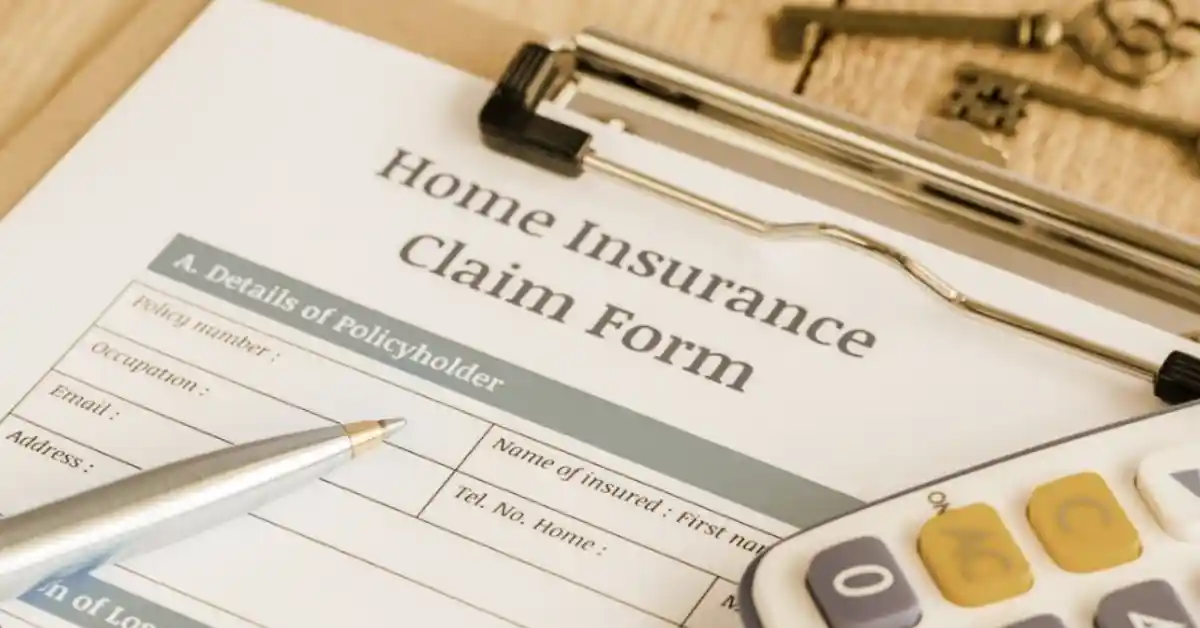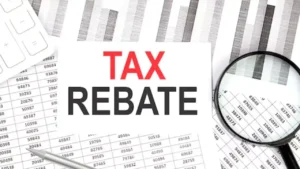Why Claims and Legal Details Matter
Filing a home insurance claim is often stressful. A storm may have ripped off your roof, a pipe may have burst, or a fire may have damaged your kitchen. In 2025, rising repair costs and stricter underwriting have made the claims process more complex than ever. Homeowners must not only file claims correctly but also understand the legal fine print that determines whether their loss is covered. This guide explains how to file claims, common disputes, legal considerations, and how to avoid costly mistakes.
What Is a Home Insurance Claim? (Quick Answer)
A home insurance claim is a formal request to your insurer for payment to repair or replace covered property after a loss, or to cover liability if you are responsible for injury or damage.
If approved, the insurer pays up to your policy limits minus your deductible. If denied, the insurer must provide a written explanation citing your policy language.
Step-by-Step: How to File a Claim in 2025
- Ensure safety and prevent further damage
- Evacuate if needed, call emergency services, and take steps to limit additional loss (e.g., tarp a roof, shut off water).
- Document everything
- Take photos and videos of damage immediately, before cleanup or repairs.
- Save receipts, invoices, and damaged property for inspection.
- Notify your insurer promptly
- Most policies require “prompt” notice of a claim. Late reporting may reduce or void payment.
- Work with the adjuster
- An insurance adjuster will inspect the property. Be present if possible and provide documentation.
- Track communication
- Keep a written log of calls, emails, and letters. This helps if disputes arise later.
- Review settlement
- Understand depreciation, deductibles, and any limits before agreeing.
- Appeal or dispute if necessary
- If you disagree, request a reinspection, hire a public adjuster, or pursue legal remedies.
Common Claim Types in 2025
- Weather-related claims: Wind, hail, hurricanes, wildfires.
- Water damage: Burst pipes, appliance leaks, or sewer backups.
- Fire and smoke damage: Kitchen fires, lightning strikes, wildfires.
- Theft and vandalism: Stolen property, broken windows, graffiti.
- Liability claims: Injuries on your property or accidental damage to others.
According to the Insurance Information Institute, the average home insurance claim in 2024 was $15,000, with weather-related losses accounting for more than half of payouts.
The Legal Fine Print: Exclusions and Limitations
Every policy includes exclusions. Understanding them can save you from denial surprises:
- Flood damage: Requires a separate flood policy.
- Earthquakes and earth movement: Covered only with a specific endorsement.
- Wear and tear: Routine maintenance failures are not covered.
- Negligence: If the insurer proves you ignored known issues (like a leaky roof), they may deny payment.
- Policy limits and sublimits: Jewelry, art, firearms, and electronics often have low limits unless scheduled.
Disputes and Legal Challenges
Sometimes insurers and homeowners clash. Common disputes include:
- Denied claims: Insurer argues loss was excluded or caused by poor maintenance.
- Lowball settlements: Disagreement over repair costs or scope of damage.
- Delayed payments: Insurers must act in “good faith,” but delays still occur.
- Bad faith claims: If an insurer unreasonably denies or delays payment, homeowners may pursue legal action for damages.
Legal remedies available:
- Mediation or appraisal (less formal dispute resolution).
- Hiring a public adjuster (advocates for the homeowner).
- Filing a bad faith lawsuit if the insurer violates contract obligations.
Case Studies: Real Claims in Action
- Hailstorm Dispute in Colorado (2023): A homeowner’s roof suffered hail damage, but the insurer argued it was “wear and tear.” The homeowner hired a public adjuster, submitted independent contractor reports, and won full replacement coverage.
- Water Backup Claim in Florida (2024): A pipe backup caused $10,000 in damage. The insurer denied coverage since the homeowner lacked a water backup endorsement. The homeowner had no recourse due to policy language.
- Fire Claim in California (2022): After a wildfire, delays in claim payments forced families into temporary housing for months. Some sued for bad faith, resulting in settlements that covered both the loss and additional damages.
Preventing Claim Problems Before They Happen
- Read your policy: Know what’s covered, excluded, and limited.
- Add endorsements: Flood, earthquake, water backup, service line, and ordinance or law can fill gaps.
- Maintain your home: Insurers deny claims for neglect. Keep records of roof repairs, HVAC servicing, and plumbing updates.
- Keep a home inventory: Document belongings with photos, receipts, and model numbers.
- Install smart devices: Leak detectors, security cameras, and monitored alarms reduce disputes and speed up approvals.
Key Takeaways
- Filing claims correctly and quickly is essential.
- Exclusions (flood, wear and tear, earthquakes) are the top reasons for denial.
- Disputes can often be resolved with documentation, mediation, or a public adjuster.
- Legal action (bad faith claims) is a last resort but sometimes necessary.
- Prevention, through maintenance, endorsements, and smart tech, is the best protection.




